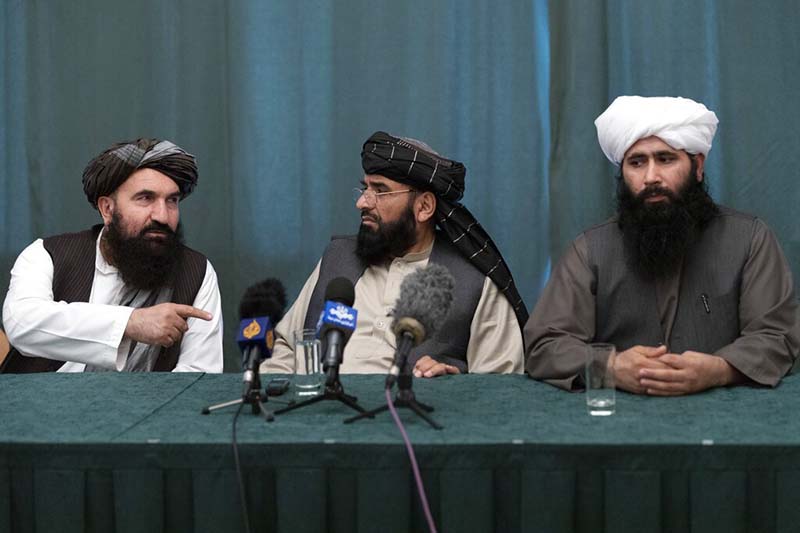

Fighting between the Taliban and Afghan government forces has increased over the past two months as international troops pull out of the country.
The militant group is thought to have captured up to half of all territory.
As US forces have withdrawn, the Taliban has made rapid gains, retaking border crossings and rural areas.
There are concerns that with peace talks moving slowly, the focus of fighting will increasingly turn to more heavily populated urban centres.
That has prompted a top American commander to say the US will continue carrying out airstrikes in support of Afghan troops. General Kenneth MacKenzie said a Taliban victory was not inevitable.
But he did not say if the strikes would continue beyond the end of the US military mission on 31 August.
The Taliban – a fundamentalist Islamist militia who were pushed out of power by the US invasion nearly 20 years ago – has also seized key roads as it seeks to cut off supply routes.
Its fighters have been closing in on a number of major cities, but have not yet been able to capture one.
The curfew bans all movement from 22:00 to 04:00 (17:30-23:30 GMT), apart from in the capital Kabul and two other provinces.
The interior ministry said the new curfew was “to curb violence and limit the Taliban movements”, adding that Kabul, Panjshir and Nangarhar were exempt.
As the Taliban continues to advance, fierce clashes have taken place this week outside the city of Kandahar.
In response, the US launched airstrikes against militants in the area on Thursday. But with US operations in Afghanistan officially ending on 31 August, there are concerns about the months ahead.